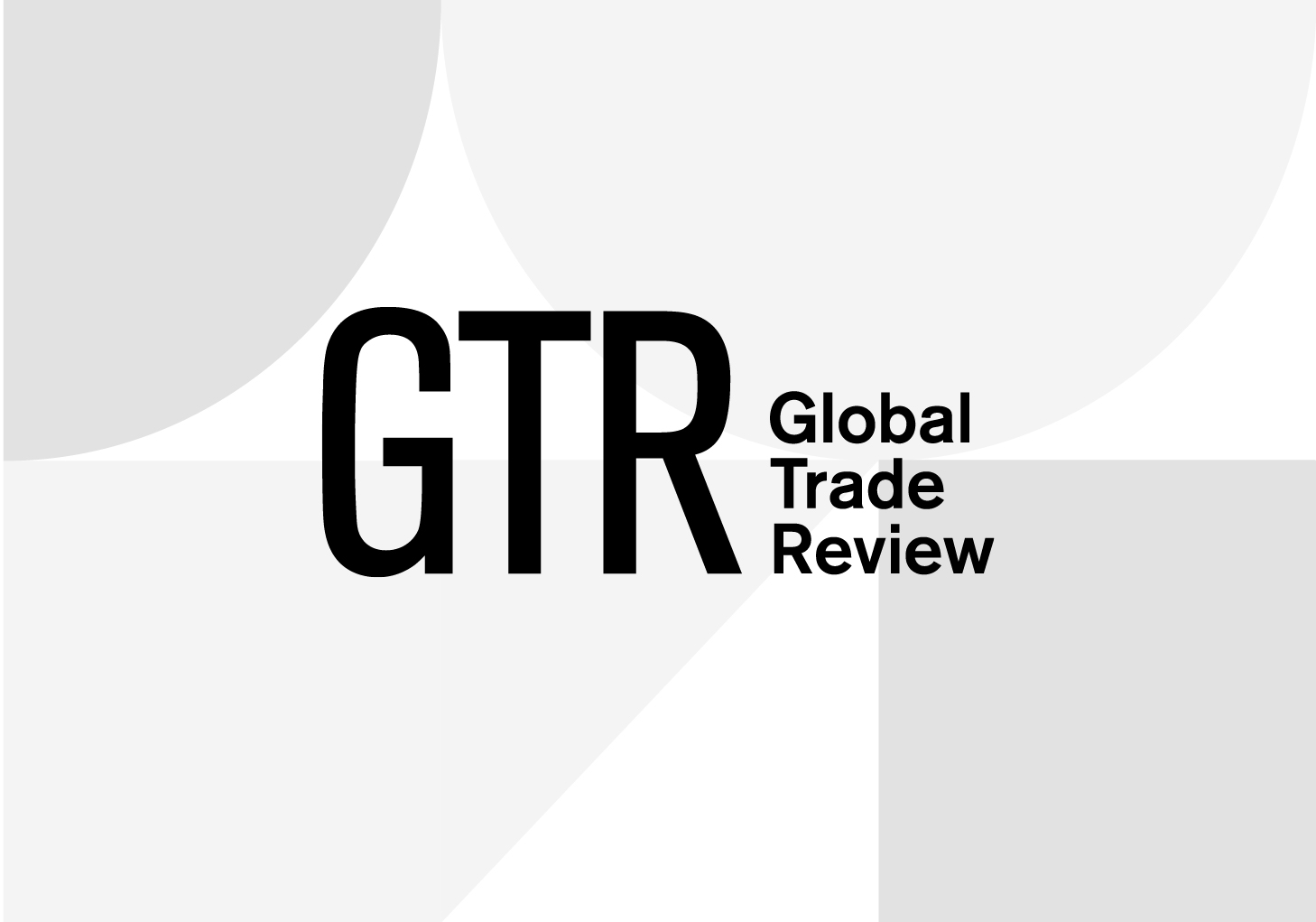Lloyds TSB Corporate Bank has launched a hybrid cashflow management facility aimed at combining trade finance products with cash management goals. The Working Capital Trade Finance facility blends invoice discounting with letter of credit issuance to offer clients working capital for supplier finance against future transactional income. Such facilities are considered as separate from (and may substitute for) a client’s day-to-day working capital lines.
“Working Capital Trade Finance is aimed at the small and medium-sized market,” says Peter Sargent, head of international trade finance at Lloyds TSB Corporate. “Precisely the companies that need to manage their cashflows in a proactive fashion.”
Financings under the scheme break down into two simultaneous elements. One secures payment to a supplier through an import letter of credit issued by the bank on behalf of the client. The bank’s comfort is the certainty of scheduled payment from the ultimate purchaser in, say, 60 days.
“We are moving the risk calculation to include both the client and the purchaser,” says Sargent. “So the facility is driven by the end buyer’s acceptability as an obligor.”
While part one secures credit terms from the supplier, part two delivers upfront monies due to the client from the purchaser by utilising classic factoring techniques – ie, the bank purchases the client’s invoices at a discounted rate. This creates a working capital facility for the client that is transactionally driven, rather than calculated on the client’s creditworthiness.
“Our client is winning cheaper working capital by leveraging off his purchaser’s creditworthiness,” adds Sargent.
Although tailored for UK SMEs trading internationally, Lloyds TSB Corporate Bank thinks the facility has applications elsewhere.
“Any existing LTSB client needing to pay a supplier upfront while facing credit terms from a purchaser can apply for the facility,” says Sargent. “It is a creative use of the way we look at working capital facilities for this purpose. It also helps combine the export manager’s goals with those of the company treasurer.”








